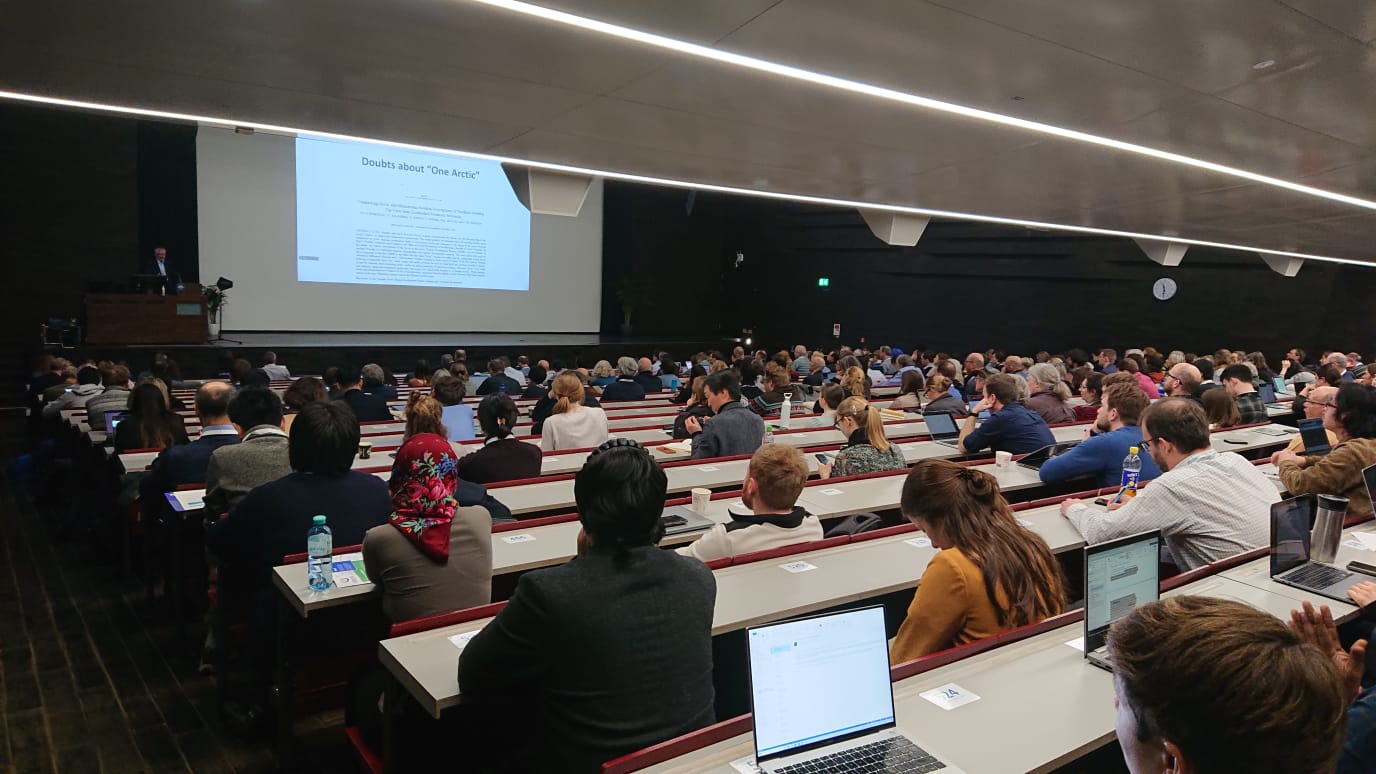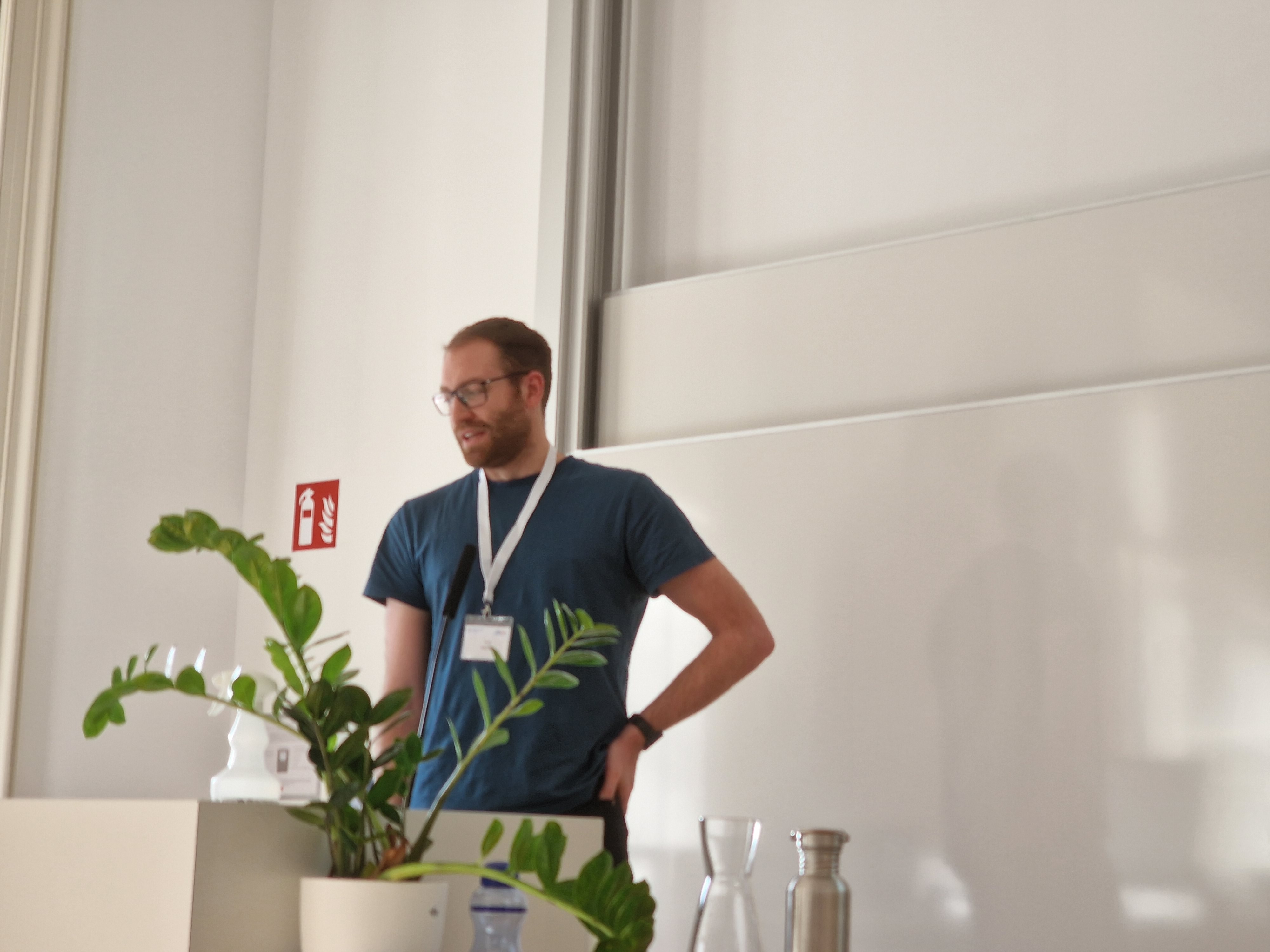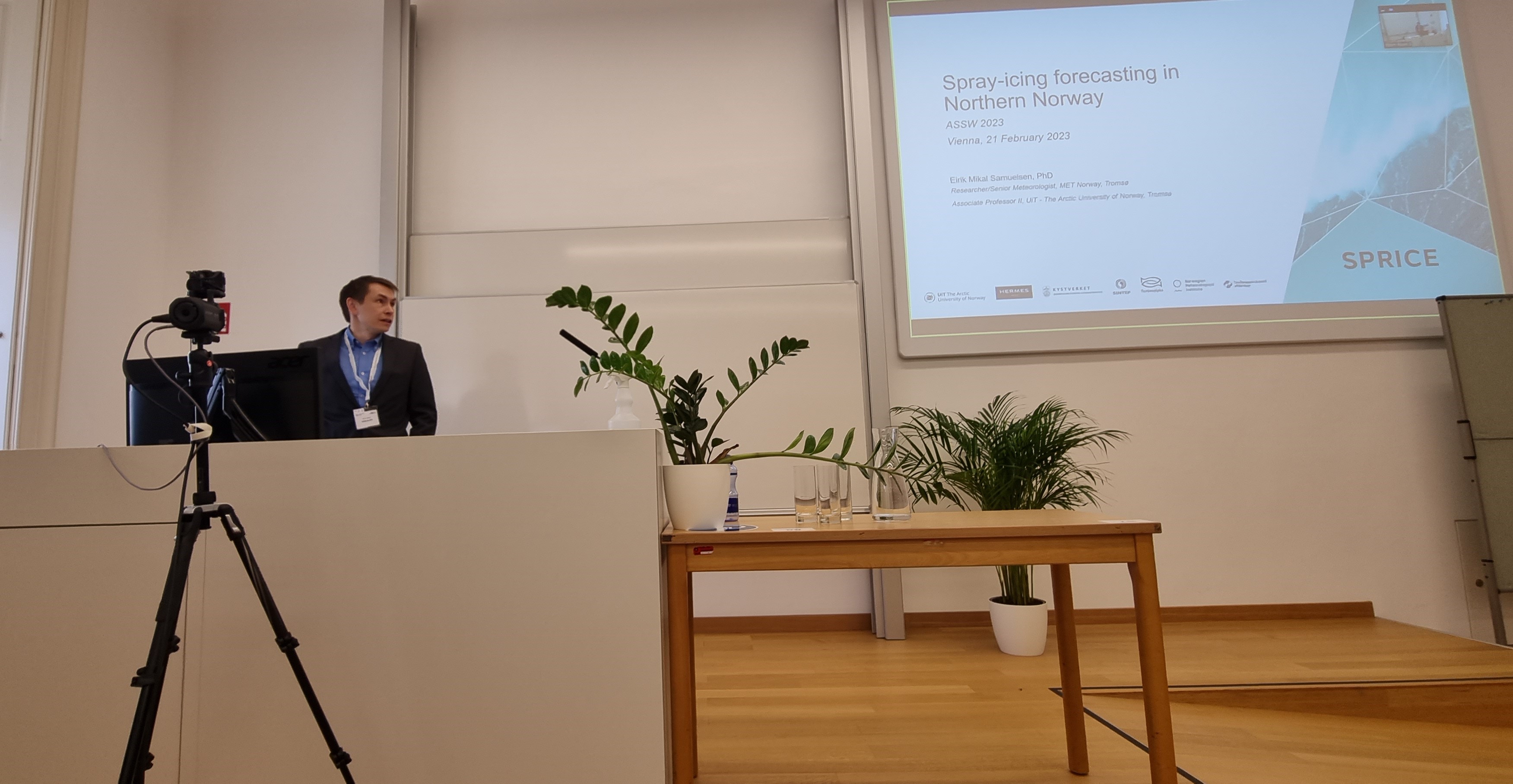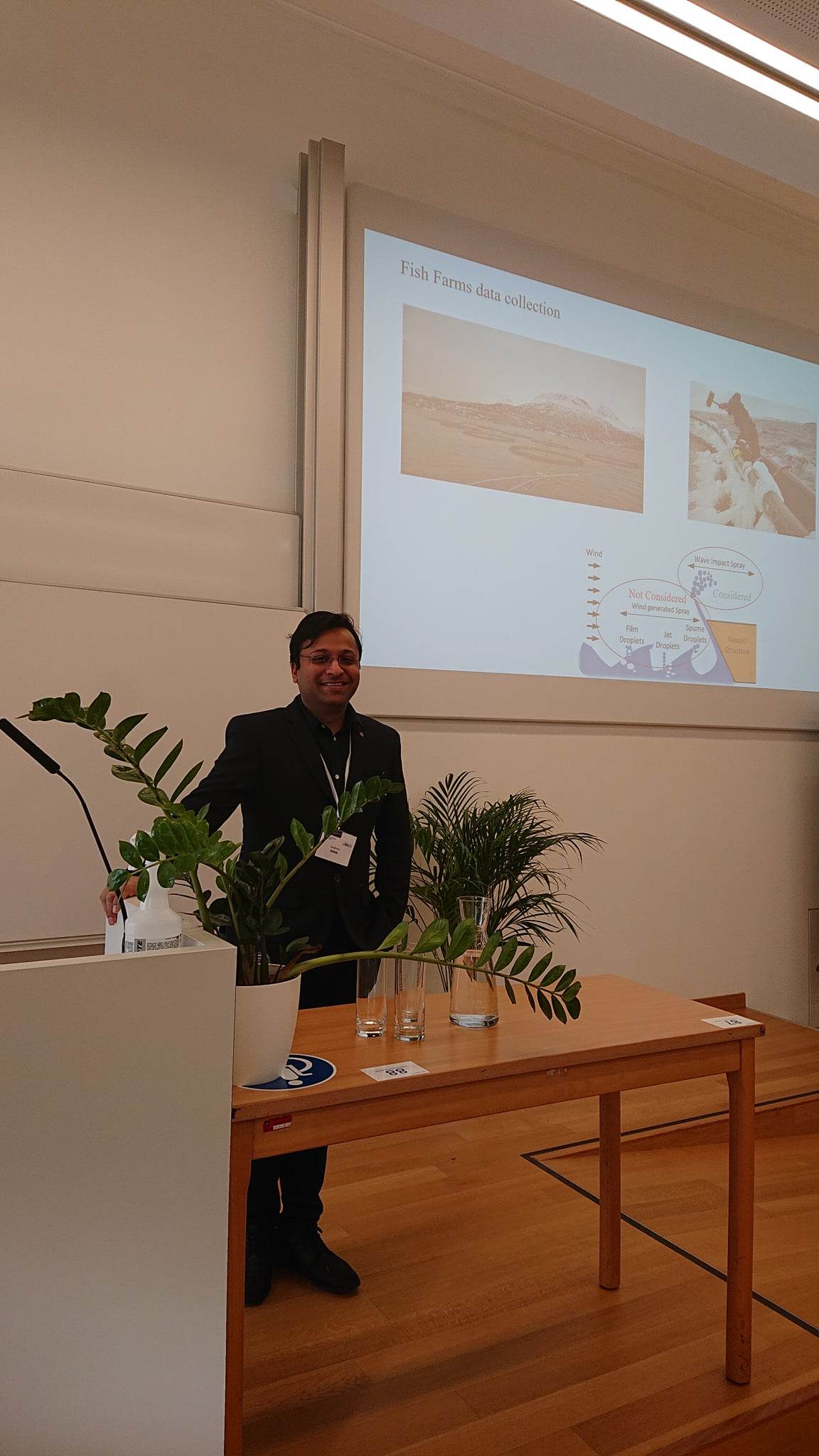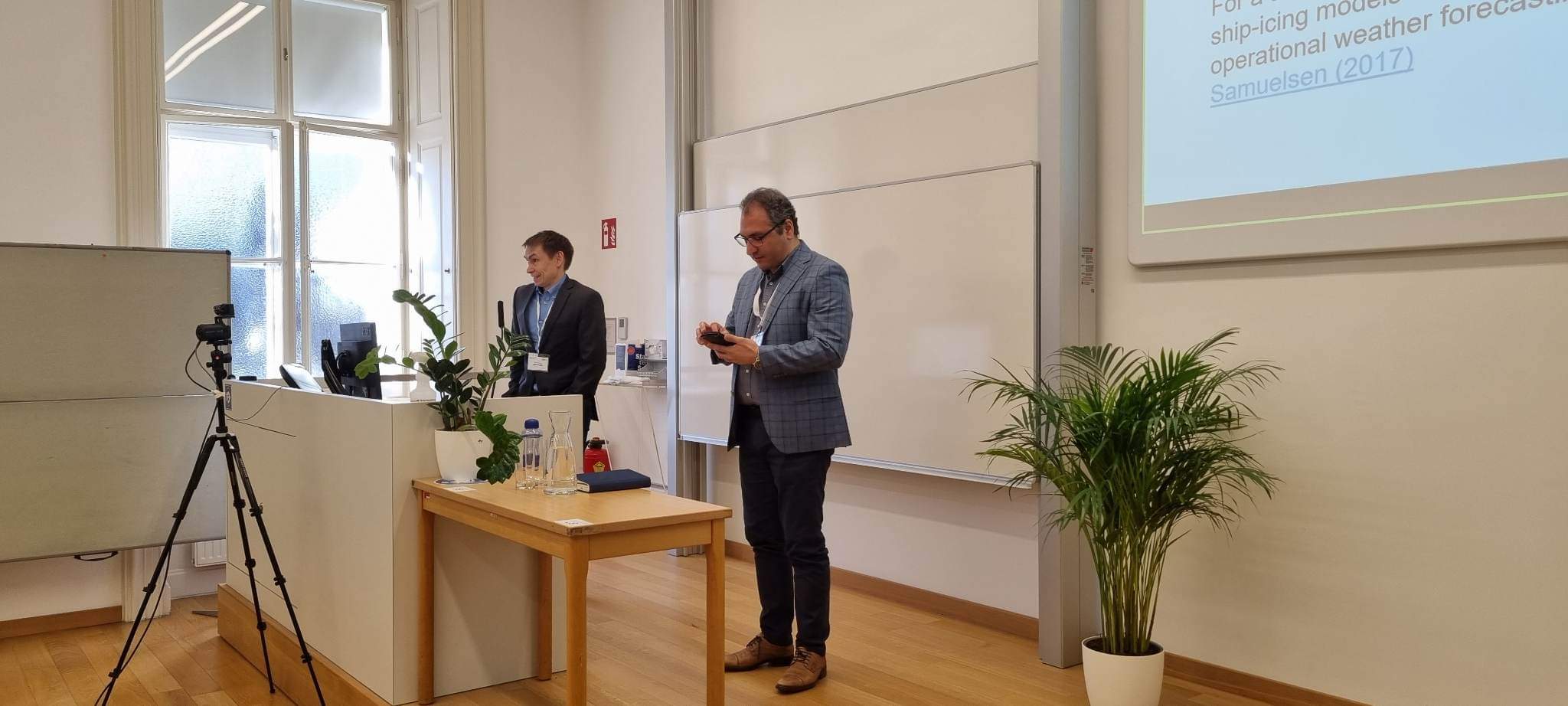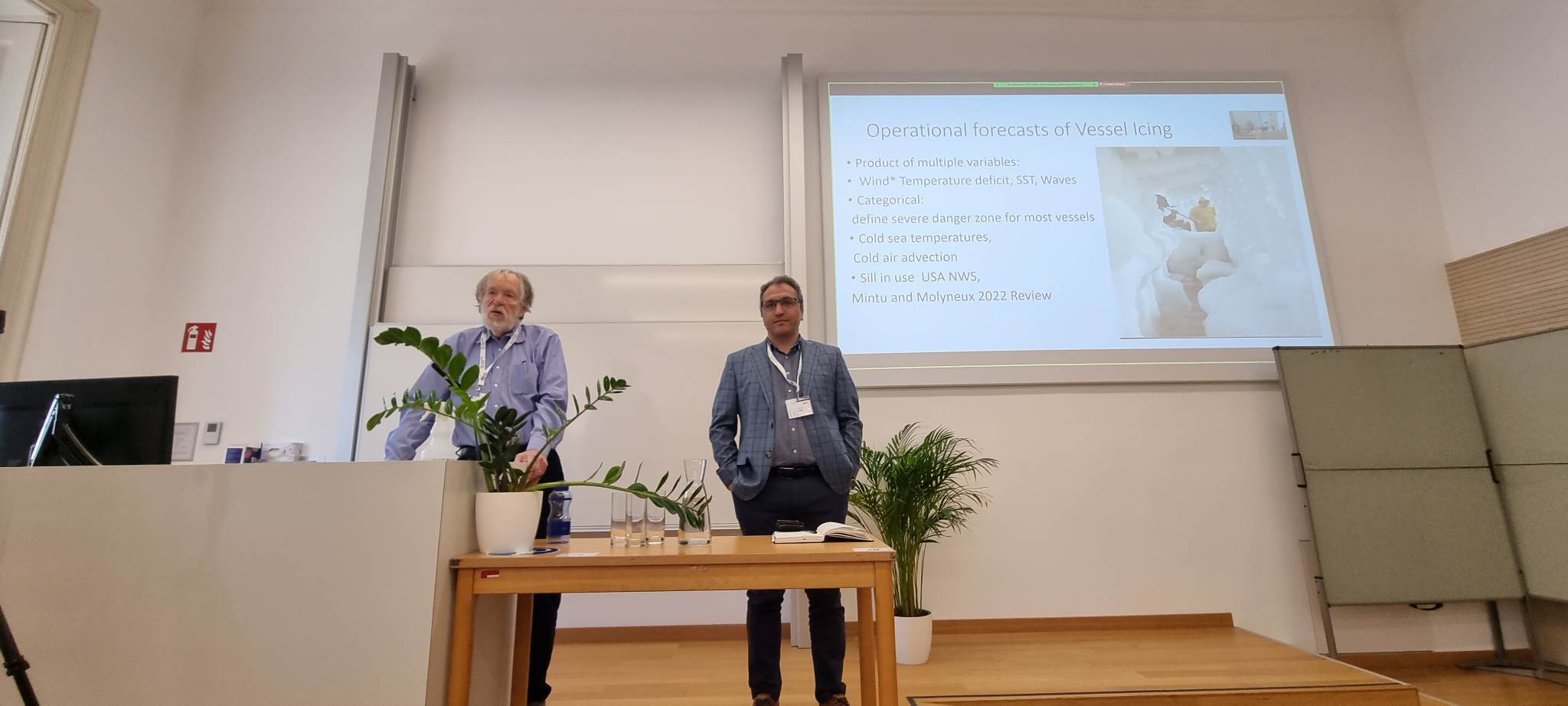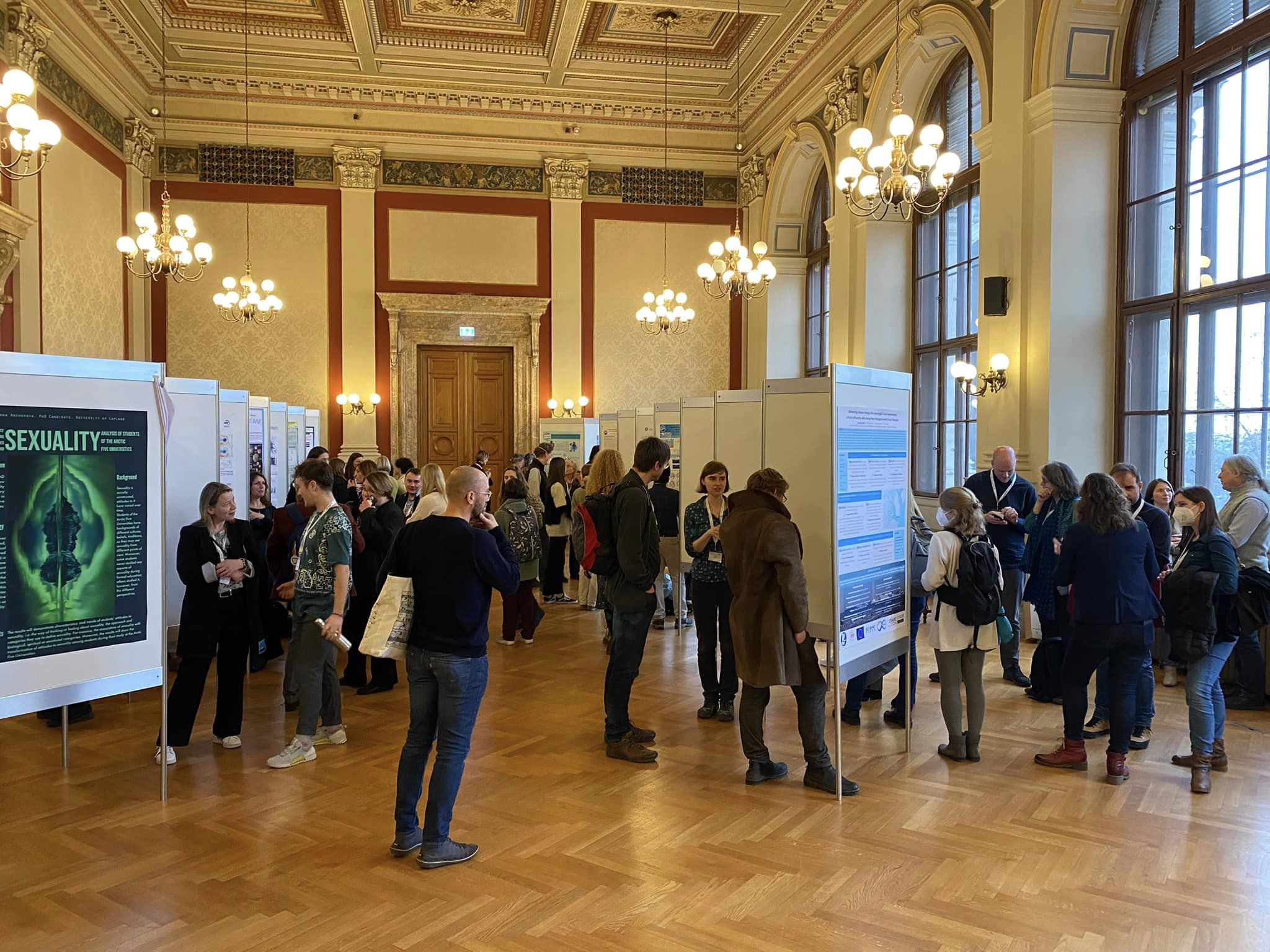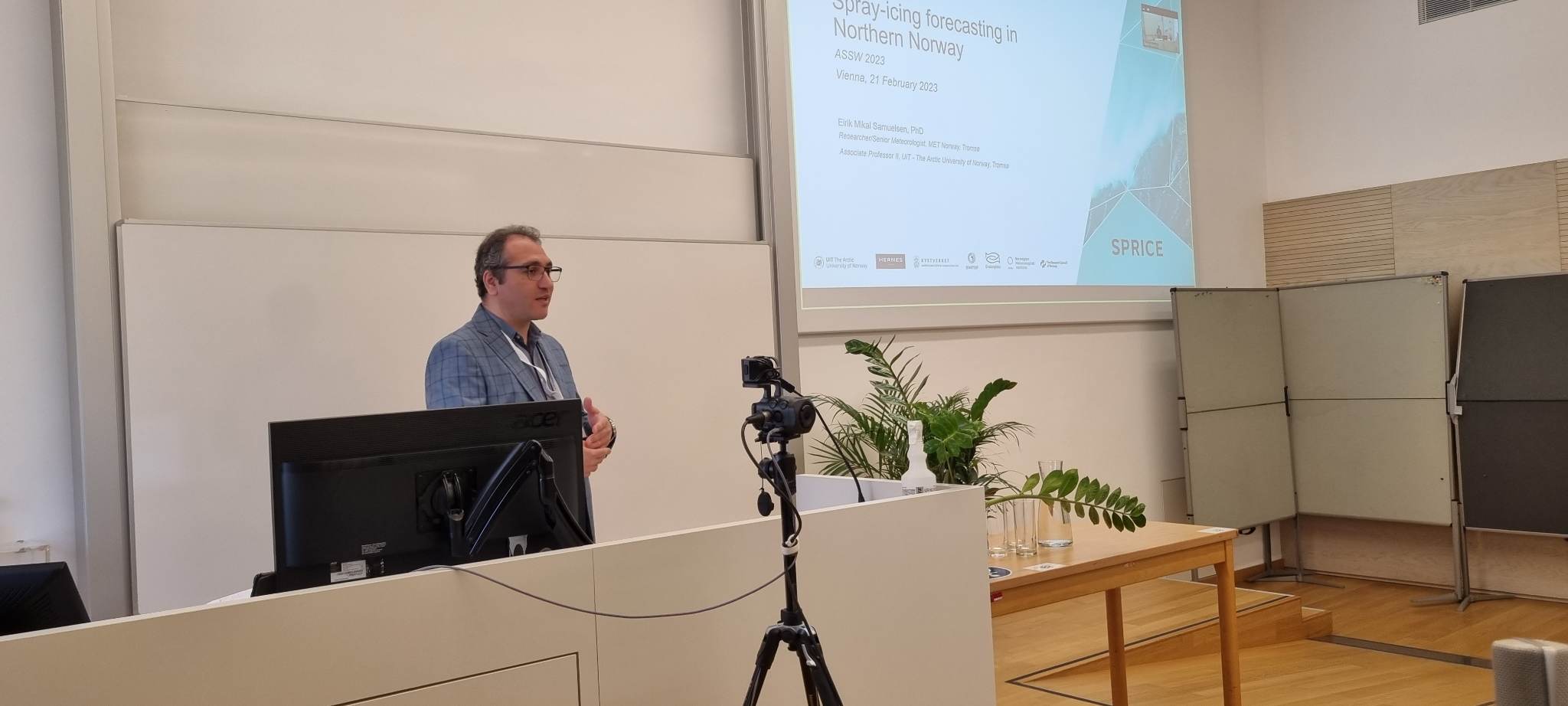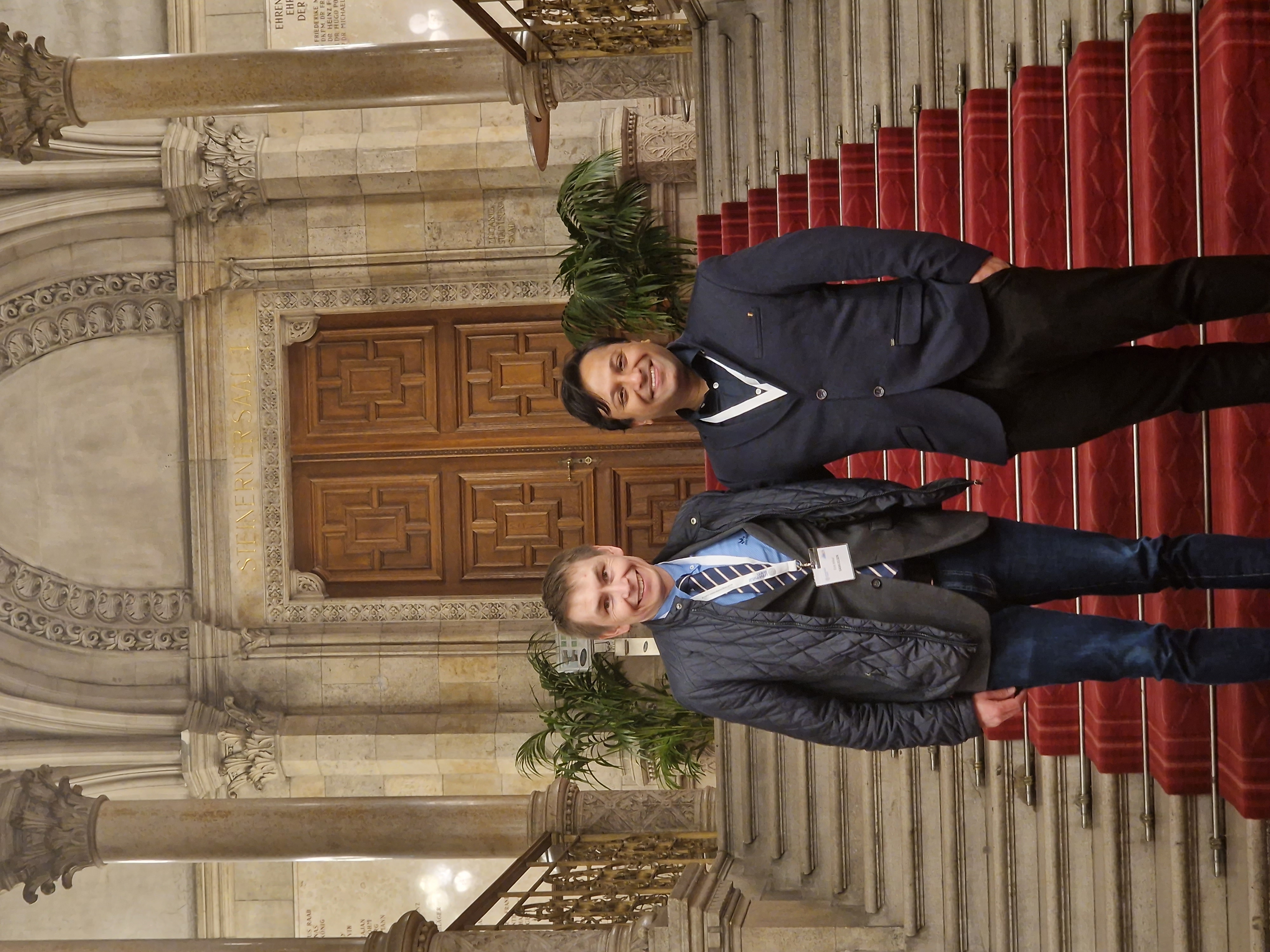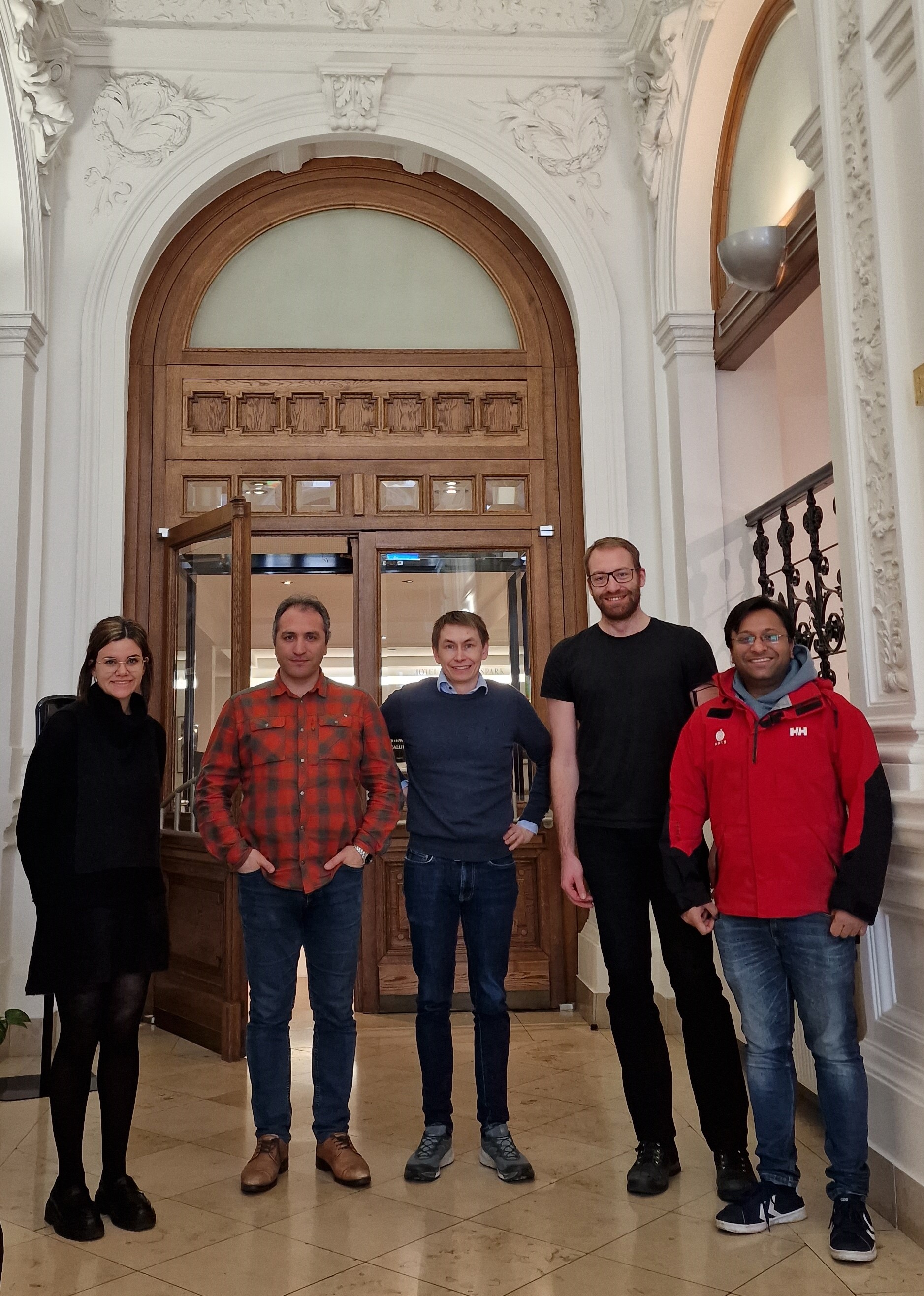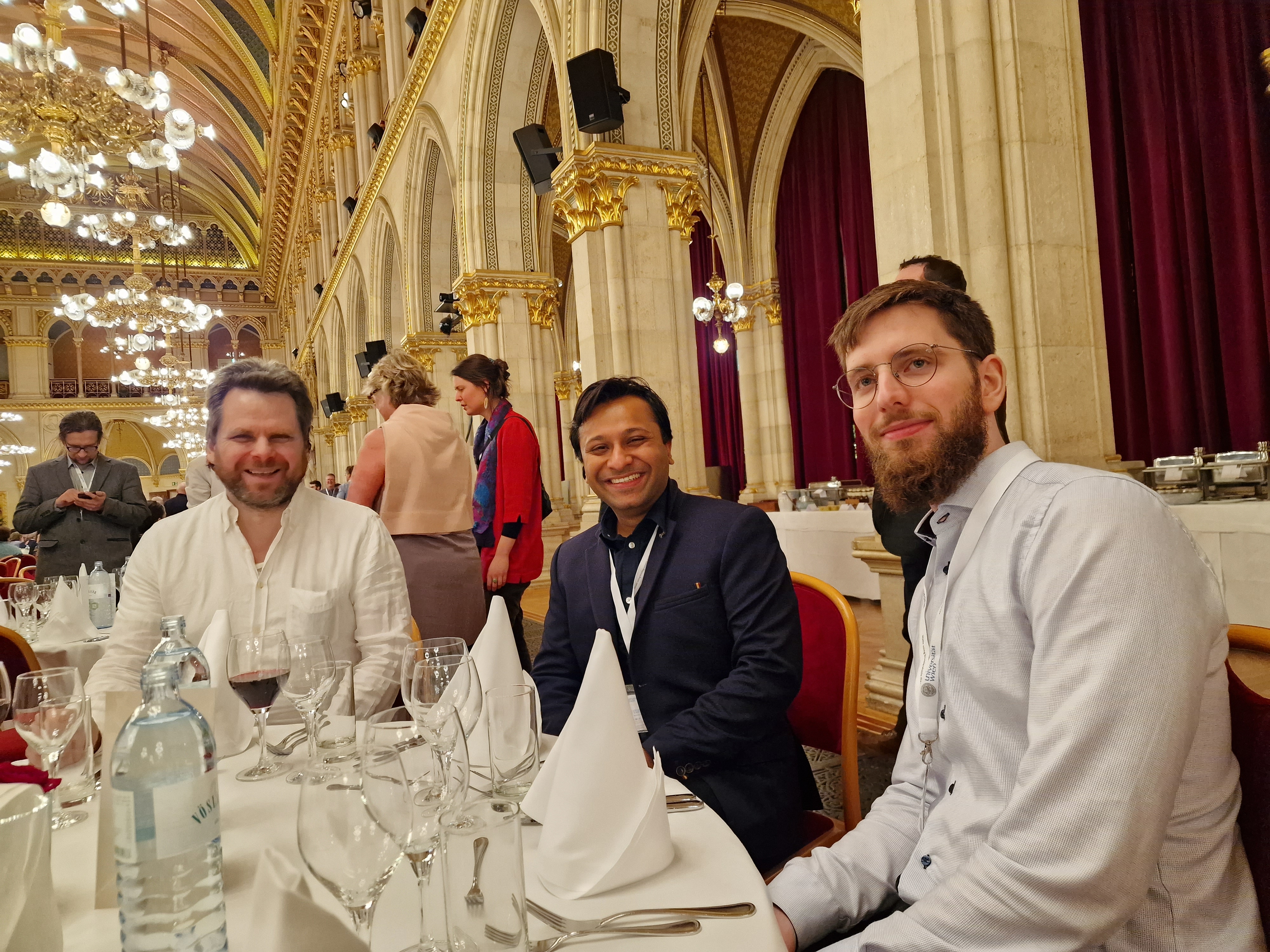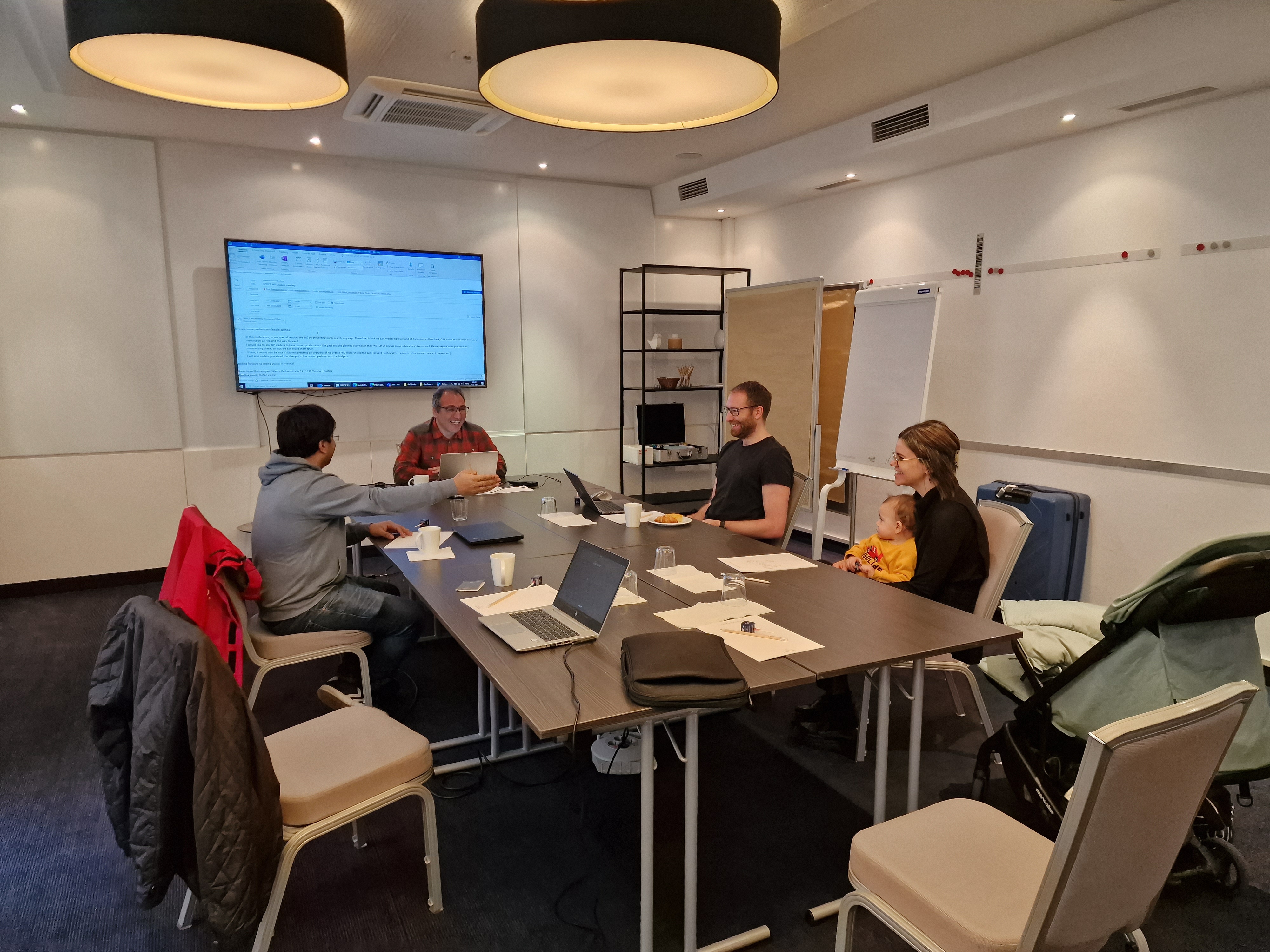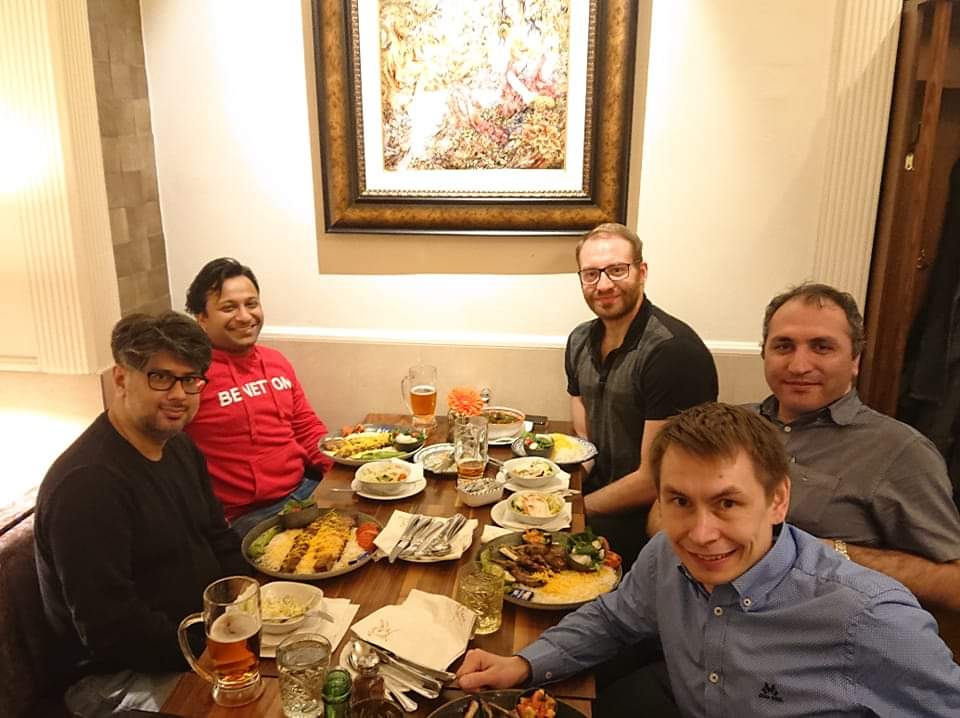SPRICE at ASSW 2023 Science Symposium
ASSW 2023 Science Symposium (21 - 24 February 2023) - SPRICE proposes Special Session on "Spray Icing: A major marine operational barrier in the Arctic"
General about ASSW
The Arctic Science Summit Week (ASSW2023, 17 - 24 February 2023) is an annual conference organized by the International Arctic Science Committee (IASC) to strengthen cooperation and coordination in Arctic research, going back all the way to 1999. In addition to providing a venue for yearly meetings of organizations participating in IASC, the Business and Community meetings, they organize the ASSW 2023 Science Symposium The Arctic in the Anthropocene. The science symposium aimed to shed light on special challenges the Arctic environment and societies are experiencing in the face of global climate change. As part of this, different sessions focused on both short- and long-term consequences, on human, terrestrial, aquatic, and aerial systems. The SPRICE project contributed to this through a special session on Spray icing.
Special session on spray icing
On behalf of SPRICE team, Associate Prof. Masoud Naseri, Researcher/Senior Meteorologist Dr. Eirik M. Samuelsen, and PhD Candidate Sushmit Dhar proposed a special session on Spray Icing: A major marine operational barrier in the Arctic at the Science Symposium of Arctic Science Summit Week (ASSW2023).
ID:32 - Spray Icing: A major marine operational barrier in the Arctic
A catastrophic ship icing incident in the Arctic waters was the sinking of fishing vessel ONEGA, which led to the loss of 17 lives on December 28, 2020, while fishing west of Yuzhny Island in the Novaya Zemlya Archipelago. There were 19 crew members onboard, out of which only two were rescued, one found dead, and 16 were not found. Apparently, the vessel accumulated heavy sea-spray icing, eventually leading to the capsizing. Similar damaging incidents have been reported on ships and offshore structures throughout time in the Arctic waters - 81 vessels were reported to be lost from the winter of 1942 to December 1970 due to icing. Two English steam trawlers, the Loretta and Roderigo, capsized and sank with their crews on January 26, 1955, in the northwest of Iceland - this accident presumably provoked investigations on the ship icing problem. There are also well-documented reports of severe icing events on offshore platforms such as “Ocean Bounty” semisubmersible during the winter of 1979 in the Lower Cook Inlet, “Sedco 708” semisubmersible on the North Aleutian Shelf during the winter of 1982, and “Sedneth II” semisubmersible around Feb 1970.
Many researchers have contributed to developing icing models, and with improvements in weather forecasting, it is possible to provide operators with prior warnings. Nevertheless, icing still possesses a safety hazard for the crew working, can affect structural stability and may damage communication and safety equipment or other critical and essential machinery. Also, the icing models are built on empirical formulas based on limited field observations and may only perform satisfactorily in distinct areas and for certain shaped structures. Meteorological, oceanographic, and sea-spray field data collection for a more extended period and on different shaped structures are desirable to improve and make the present models more robust.
The aim of this Special Session is to provide an opportunity for the researchers to share and exchange their knowledge, experience, and ongoing works in fields relevant to marine icing. Related topics are listed as, but not limited to:
- Recent development in sea-spray-icing estimation models, related data collection, and icing weather forecasting models
- Experimental and laboratory study of spray icing
- Anti-icing and de-icing tools and techniques applicable across various maritime sectors
- Spatial/temporal modelling and simulation of future trends
- Probabilistic framework for studying spray icing climatology
- Decision analyses for spray-icing-concerned risks applicable across various maritime sectors
- Decision support system for risk-informed decisions related to spray icing
- Spray icing risk management.
List of Contributions
The session had contributions from a wide range of researchers in the field, covering a significant portion of the Arctic, including six presentations connected to the SPRICE project.
- Spray-icing forecasting in Northern Norway, Eirik Mikal Samuelsen (Norwegian Meteorological Institute)
- A Geographic Perspective on Prediction of Vessel Icing, James Overland (NOAA)
- A study of the MINCOG and Overland algorithms for Subseasonal Forecasting of Freezing Spray Conditions in the Northern Hemisphere, Todd Spindler (NOAA/NWS/National Centers for Environmental Prediction), Eirik Mikal Samuelsen (Norwegian Meteorological Institute), Joseph Sienkiewicz (NOAA/NWS/National Centers for Environmental Prediction)
- An interdisciplinary and stakeholder-informed approach to understand sea spray icing risks and decision-making Dina Abdel-Fattah (UiT - The Arctic University of Norway), Truls Bakkejord Ræder (SINTEF Nord)
- Field spray flux measurements to improve icing models for fish farms Sushmit Dhar (UiT - Arctic University of Norway), Hassan Khawaja (UiT - Arctic University of Norway), Masoud Naseri (UiT - Arctic University of Norway), Kåre Edvardsen (UiT - Arctic University of Norway)
- Multidisciplinary crowdsourcing of real-time user information on sea spray icing incidents and near-misses, Truls Bakkejord Ræder (SINTEF Nord), Dina Abdel-Fattah (UiT - The Arctic University of Norway)
- Intelligent decisions for safe navigation in polar waters under uncertain spray icing events, Masoud Naseri (UiT - The Arctic University of Norway)
- Sea spray freezing with Magnetic Resonance Imaging (MRI) and portable Nuclear Magnetic Resonance (NMR), Igor Mastikhi (University of New Brunswick), Shahla Ahmadi (University of New Brunswick), Duncan Osmond (University of New Brunswick), Andres Ramires Aguilera (University of New Brunswick; Grant Wilbur(University of New Brunswick)
- Microstructure of sea spray ice, Sönke Maus (Norwegian University of Science and Technology), Paul Rübsamen-von Döhren (Norwegian University of Science and Technology)
- Adhesion of sea spray ice Paul Rübsamen-von Döhren (Norwegian University of Science and Technology), Sönke Maus, (Norwegian University of Science and Technology)
- Understanding Physical Properties of Fresh Water and Marine Ice using Multiphysics Modelling and Infrared Thermography, Hassan Khawaja (UiT - The Arctic University of Norway)
Results
The session provided a great opportunity for the project to share the work so far, learn from other experienced practitioners in the field, as well as to extend the network of other people working on related challenges in the pan-circumpolar Arctic and Antarctic. In total, the presentation covered a lot of different aspects of spray icing challenges and research, and thus provided a comprehensive view of icing as phenomenon, for both experts and outsiders alike. The presentations all saw active participation and engagement from the audience, and contributed to increased understanding of spray icing and extension of research networks, and even joint project and research development going forward.
SPRICE is grateful and happy about the opportunity to arrange this session.
Truls Bakkejord Ræder
Researcher, SINTEF Nord
